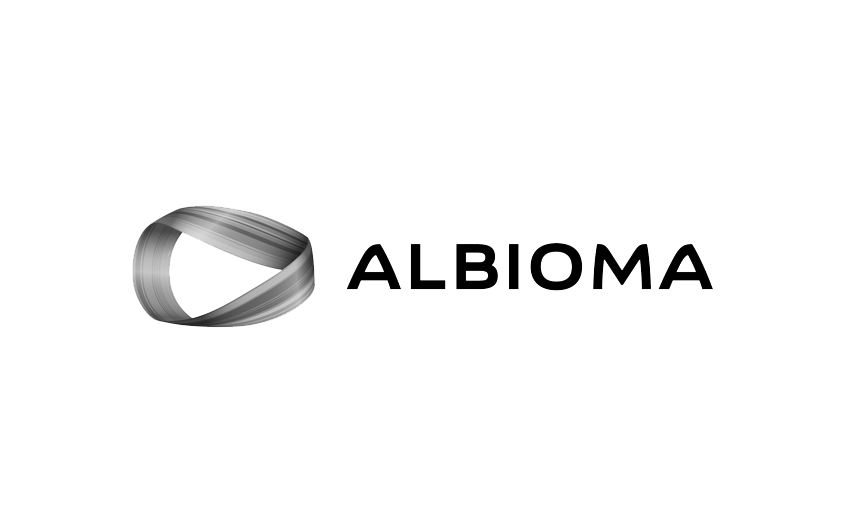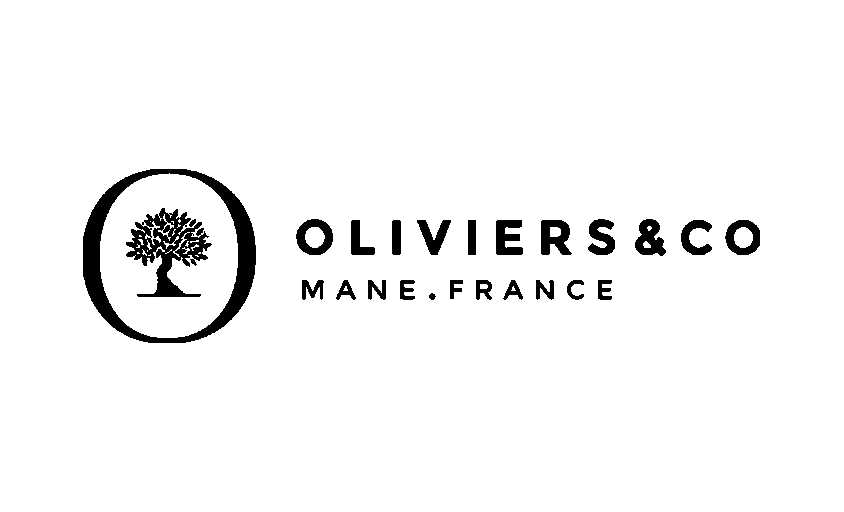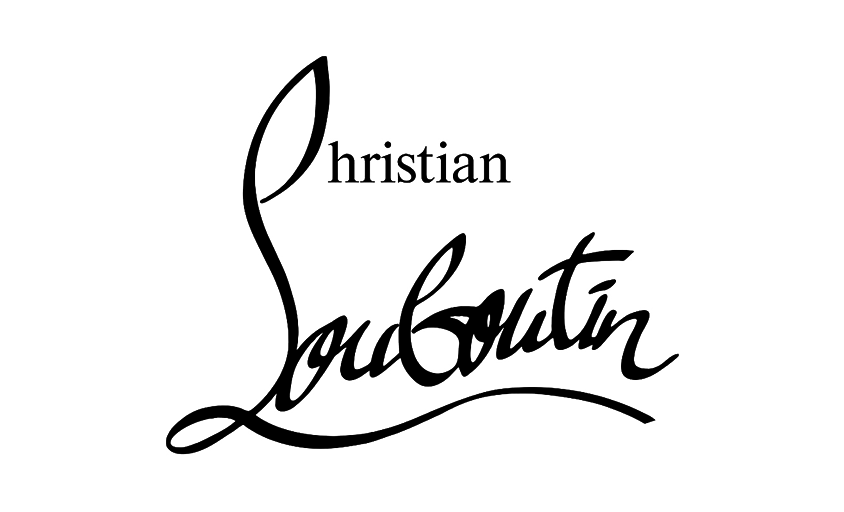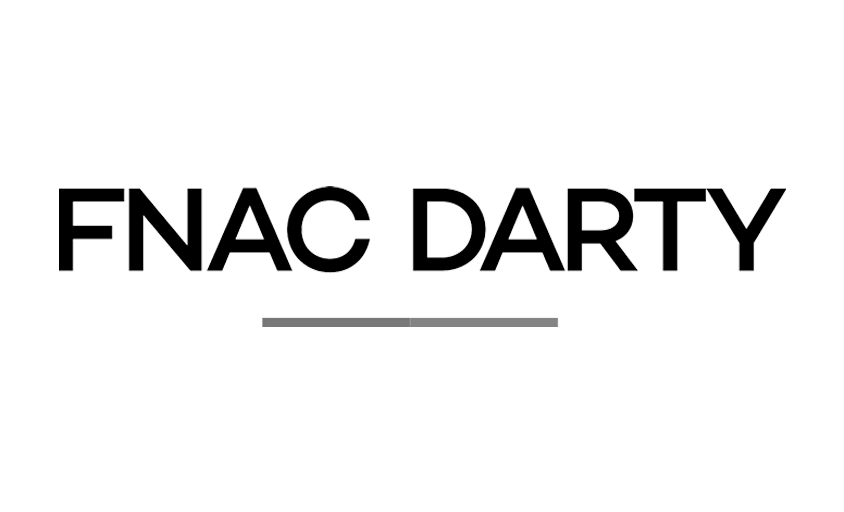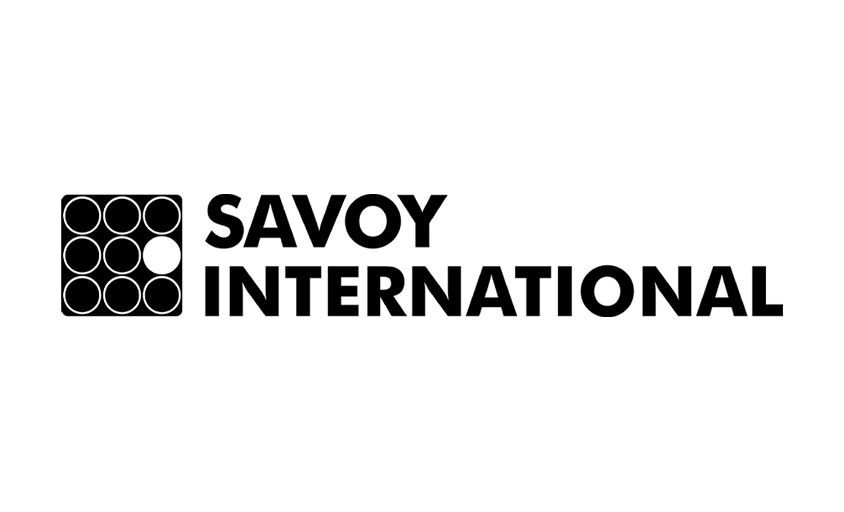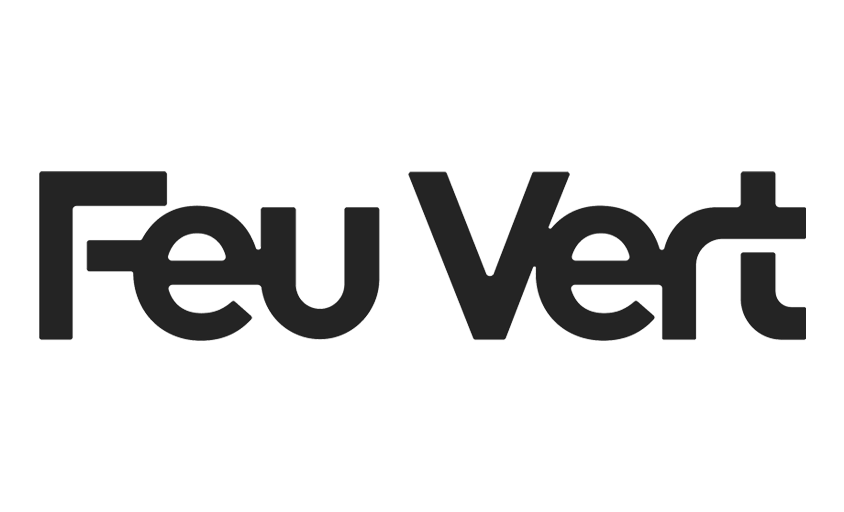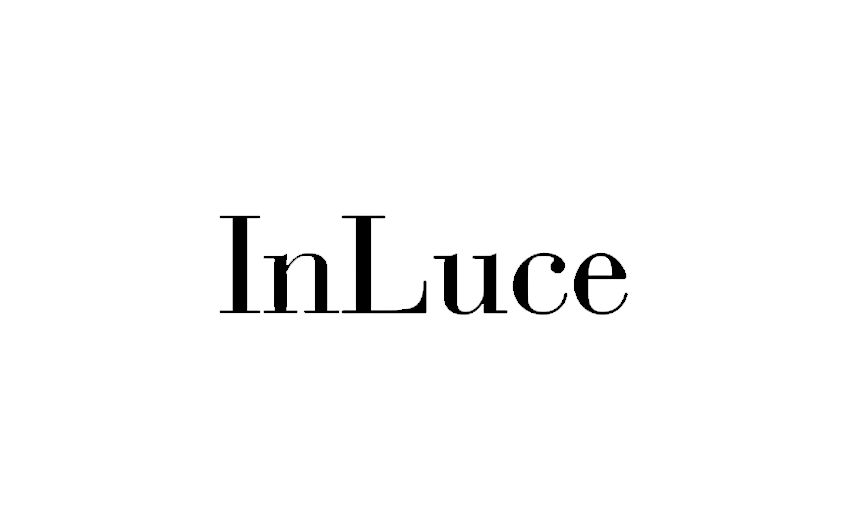White Balance
In this article :
White balance is an essential component of photography, directly influencing the color accuracy in an image. As part of retouching tools and features, this adjustment allows you to modify the colors so that white elements in the photo actually appear white, compensating for the color temperature variations from different light sources. Mastering white balance is crucial for producing images that accurately reflect the scene as it is perceived by the naked eye.
White Balance Fundamentals
Color temperature, measured in Kelvin, determines the “warmth” or “coolness” of light, ranging from red-orange (warm) to blue (cool). Natural daylight has a temperature of around 5600K, considered neutral. Artificial light sources, such as incandescent bulbs or LEDs, can have vastly different color temperatures, influencing how colors are captured by the camera. White balance adjusts these variations to produce natural colors in any lighting situation.
White Balance Adjustment
Modern cameras offer several options for adjusting white balance:
- Automatic (AWB): The camera attempts to automatically detect and compensate for the color temperature of the light.
- Presets: Options such as “Daylight,” “Cloudy,” “Shade,” and “Tungsten” allow you to select a setting suited to the specific lighting condition.
- Custom: Allows for manually measuring and setting the white balance for maximum accuracy, often used in mixed or complex lighting conditions.
Visual Impact of White Balance
A correctly set white balance ensures that the whites in the image are pure, thereby improving the accuracy of all other colors. An incorrectly adjusted white balance can result in photos with an unwanted color cast, such as a blue or yellow tint, affecting the overall look and mood of the image. The ability to adjust or correct white balance in post-production is also a valuable asset, offering additional creative flexibility.
Common Mistakes and How to Avoid Them
- Neglecting White Balance Adjustment: Relying solely on the automatic mode without considering presets or custom adjustments can limit the image quality.
- Forgetting to Adjust White Balance When Changing Environments: Each lighting situation is unique and may require a new white balance setting.
Conclusion
White balance is a powerful tool in the photographer’s arsenal, essential for capturing scenes with authenticity and color accuracy. Whether through camera settings or post-production adjustments, mastering white balance allows photographers to overcome challenges related to color temperature and create images that resonate with precision and naturalness.
Jérémy Carlo is the editorial director at Rétines, where he ensures the consistency and clarity of all content produced by the studio.
Our Clients
Let’s discuss
What we do for you at Rétines
Meticulous work, an organised project and fast delivery. And to achieve this, we mobilise the right resources in our teams at the right time.
01
Pre-production
Artistic and technical direction tailored to the project.
Relevant recommendations on content, form and resources.
02
Photo Shooting
Photos taken by our experienced photographers.
Production that’s controlled, efficient and tailored to the needs of the project, with nothing superfluous.
03
Retouching
Technique
Photographs magnified by our retouching team.
Post-production to meet the commercial challenges of the brief.



